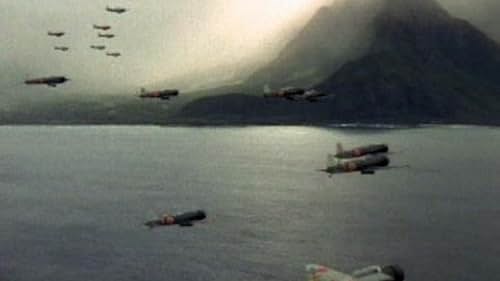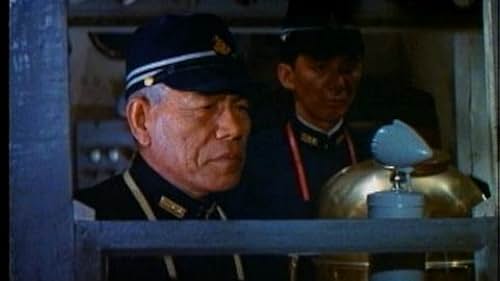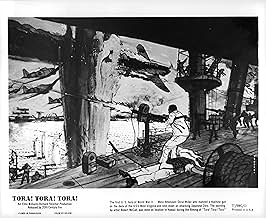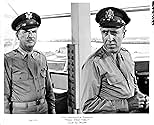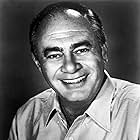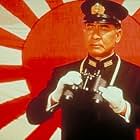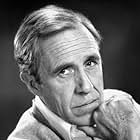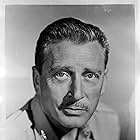The story of the 1941 Japanese air raid on Pearl Harbor, and the series of preceding American blunders that aggravated its effectiveness.The story of the 1941 Japanese air raid on Pearl Harbor, and the series of preceding American blunders that aggravated its effectiveness.The story of the 1941 Japanese air raid on Pearl Harbor, and the series of preceding American blunders that aggravated its effectiveness.
- Won 1 Oscar
- 2 wins & 7 nominations total
- Admiral Chuici Nagumo
- (as Eijiro Tono)
Storyline
Did you know
- TriviaThe previous war epic by Darryl F. Zanuck, The Longest Day (1962) was an extreme success. As stated by his son, producer Richard D. Zanuck, this was because it was about victory. He noted in contrast that Tora! Tora! Tora! is about defeat. Although the film made a great deal of money, it did nowhere near as well as The Longest Day. In Japan, however, the film was a smash. For the Japanese audience, it not only depicted a battle victory (after twenty-five years of films depicting defeat) but it also put the attack on more understandable footing; identifying not only the villains but also the motivation of those who believed that their actions were honorable.
- GoofsAs the bombers fly toward Pearl Harbor, they pass over the white cross at Scofield Barracks (Kolekole Pass) that was erected in memory of the people killed in the raid.
- Quotes
[last lines]
Admiral Isoroku Yamamoto: I had intended to deal a fatal blow to the American fleet by attacking Pearl Harbor immediately after Japan's official declaration of war. But according to the American radio, Pearl Harbor was attacked 55 minutes before our ultimatum was delivered in Washington. I can't imagine anything that would infuriate the Americans more. II fear all we have done is to awaken a sleeping giant and fill him with a terrible resolve.
- Crazy creditsFor the U.S. version of the film, the next to last of the main credits reads "Japanese Sequences Directed by Toshio Masuda Kinji Fukasaku" and the last credit reads, "Directed by Richard Fleischer." For the Japanese version of the film, the next to last credit reads, "American Sequences Directed by Richard Fleischer" and the final credit reads, "Directed by Toshio Masuda Kinji Fukasaku."
- Alternate versionsThe original release included a line by Admiral Halsey (James Whitmore) saying that after the war, Japanese will only be spoken in Hell. This line is removed from later releases.
- ConnectionsEdited into Midway (1976)
"Tora" does not mean "kill" in Japanese. It means "Tiger" (Prange, Gordon W.,"At Dawn We Slept", New York: Putnam, 1981.)
This movie was one of the better dramatizations of the Pearl Harbor debacle, focusing more on the miscommunications and errors in judgment shown by the military leadership in Hawaii. Also covered is the pure luck the Japanese First Air Fleet had. Left out, mostly because it had not yet become publicly available, was the information that the White House, the State Department, and the upper echelons of the military kept from Admiral Kimmel and Lieutenant General Short. Both of these men were made scapegoats for failing to protect their commands from attack, while being deprived of the information they really needed to do so. (Stinnett, Robert B. "Day of Deceit", New York: Simon & Schuster, 2000.)
Still, this is a vastly better movie than the recent farce made by Michael Bay. It was no more an accurate portrayal of Pearl Harbor than Ghostbusters was factual.
Details
- Release date
- Countries of origin
- Languages
- Also known as
- Die Schlacht, die die Welt in Brand setzte
- Filming locations
- Production companies
- See more company credits at IMDbPro
Box office
- Budget
- $25,000,000 (estimated)
- Runtime2 hours 24 minutes
- Color
- Aspect ratio
- 2.35 : 1
Contribute to this page


